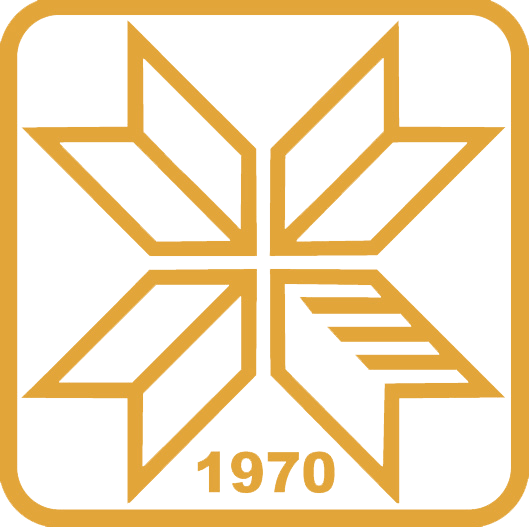Приказ основних података о документу
Thermodynamic description, hardness and electrical conductivity of the Bi–Ni–Zn system: Experiment and modeling
| dc.contributor.author | Premović, Milena | |
| dc.contributor.author | Minić, Duško | |
| dc.contributor.author | Du, Yong | |
| dc.contributor.author | Kolarević, Milan | |
| dc.contributor.author | Milosavljević, Milan | |
| dc.date.accessioned | 2022-09-21T11:02:14Z | |
| dc.date.available | 2022-09-21T11:02:14Z | |
| dc.date.issued | 2020-02 | |
| dc.identifier.citation | 172037 | en_US |
| dc.identifier.uri | https://platon.pr.ac.rs/handle/123456789/571 | |
| dc.description.abstract | Selected ternary systems are chosen due to the significant interest of nickel alloys in the different industry such as electronic, chemical, automotive, marine etc. Chosen ternary system up to this paper has not been studied. The ternary system Bi–Ni–Zn has been experimentally and analytically tested. Temperatures of phase transformation were determined by differential thermal analysis (DTA) on 12 ternary samples. Obtained results by DTA test were compared with calculated vertical sections Bi–NiZn, Ni–BiZn and Zn–BiNi. Hardness and electrical conductivity were measured for some alloys. By using experimental results of hardness and electrical conductivity tests, mathematical model has been proposed for calculation of those properties along all composition ranges. Composition of alloys and phases in alloys annealed at 400 and 700 °C were determined by scanning electron microscopy (SEM) with energy dispersive spectrometry (EDS). Obtained results by EDS were compared with calculated isothermal sections at 400 and 700 °C. X-ray powder diffraction (XRD) tests were used for phase identification in all ternary samples. Used analytical method was Calphad method. Calculation of phase diagrams (three vertical sections and two isothermal sections) was performed by using thermodynamic parameters for constitutive binary systems. Good agreements between calculated phase diagrams and experimental data have been reached without introducing ternary thermodynamic parameters. Based on this conclusion liquidus projection and invariant reaction were calculated without additional experimental tests. | en_US |
| dc.language.iso | en_US | en_US |
| dc.publisher | Journal of Alloys and Compounds | en_US |
| dc.rights | Ауторство-Некомерцијално-Без прерада 3.0 САД | * |
| dc.rights.uri | http://creativecommons.org/licenses/by-nc-nd/3.0/us/ | * |
| dc.title | Thermodynamic description, hardness and electrical conductivity of the Bi–Ni–Zn system: Experiment and modeling | en_US |
| dc.title.alternative | Journal of Alloys and Compounds | en_US |
| dc.type | clanak-u-casopisu | en_US |
| dc.description.version | publishedVersion | en_US |
| dc.identifier.doi | 10.1016/j.jallcom.2020.154156 | |
| dc.citation.volume | 825 | |
| dc.citation.issue | 5 | |
| dc.subject.keywords | Bi-Ni-Zn system | en_US |
| dc.subject.keywords | Phase diagrams | en_US |
| dc.subject.keywords | Liquidus projection | en_US |
| dc.subject.keywords | Experiment tests | en_US |
| dc.type.mCategory | M21 | en_US |
| dc.type.mCategory | openAccess | en_US |
| dc.type.mCategory | M21 | en_US |
| dc.type.mCategory | openAccess | en_US |

